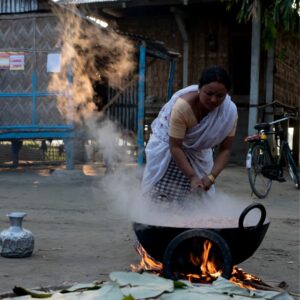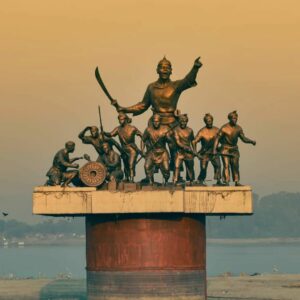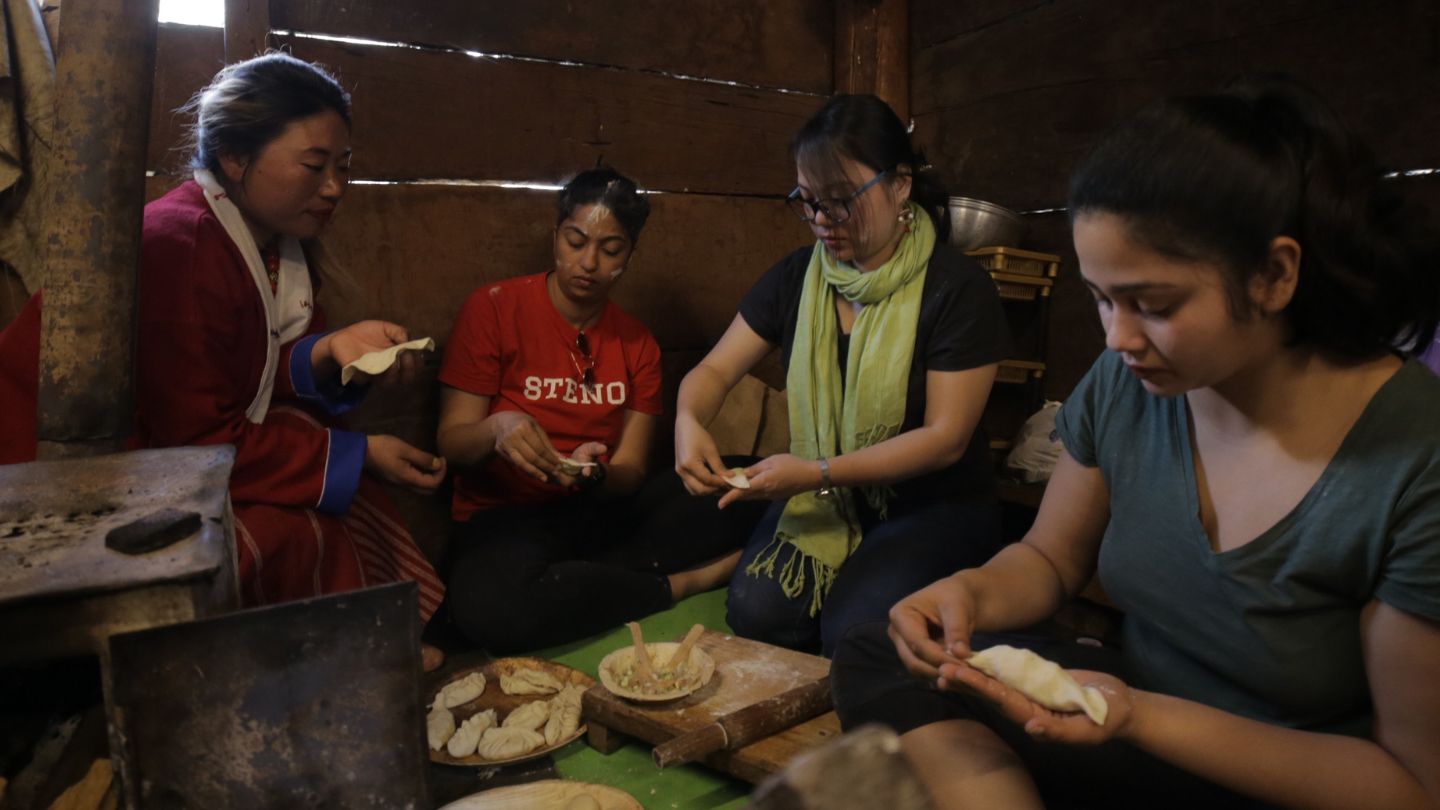
TABLE OF CONTENTS
This National Tourism Day, we want to focus on community-led tourism and the power of regional storytelling in the North-East of India in changing the tourism landscape in the region.
The North East of India, indisputedly, has one of the most multifacted histories in the world. Looking beyond the mere boundaries of the eight states, the region holds natural and cultural wonders unmatched to any region in the world (this may be my regional bias speaking up!). India, itself, has the second largest tribal population in the world and the largest concentrations of Indigenous Peoples are found in the seven states of north-east India, according to The Indigenous World 2022 Report. The North-East of India accounts for over 200 indigenous communities if we consider the sub-tribes, clans and cultural patterns that distinguishes them.

The Indian government currently recognizes around 18 major languages spoken in the northeastern region of India but it is estimated that there are around 220 spoken languages – where majority of the dialects have not been officially recognized or well documented. Can you imagine the diversities in thought, knowledge and the ways of looking at the natural world that exists within this geographical location? It puts the tourism sector’s push for ‘english speaking xyz only’ requirements into perspective – maybe the sector itself needs reform for travellers and host communities to meet on an equitable platform whether through more competent translators or through basic regional language education for visitors.
Tourism in the region has opened up new avenues for local communities. While the tourism sector’s success in the region is relatively recent, it is strife with dominant ideas of how tourism should be conducted with little to no guidelines for visiters travelling to the regions. The ‘colonial gaze’ of the North-East as ‘backward’, ‘tribal’ regions with little to no understanding of the the ‘superior’ modern way of living has permeated how tourism is conducted in the region, in the languages of our top political leaders, tourism stakeholders, visitors and even locals operating in the region. While the government has actively promoted the region, especially since the 1970s and 80s (establishment the North East Zone Cultural Centre (NEZCC) and other tourism iniatives) we are yet to truly comprehend what tourism can look like, when it is community-led. With the private sector investing heavily in the tourism industry in the recent years, it is important to be mindful of the flow of finances, resources and most importantly, who is in charge of the narratives and representations of local communities in the first place.
WHY COMMUNITY-LED TOURISM?
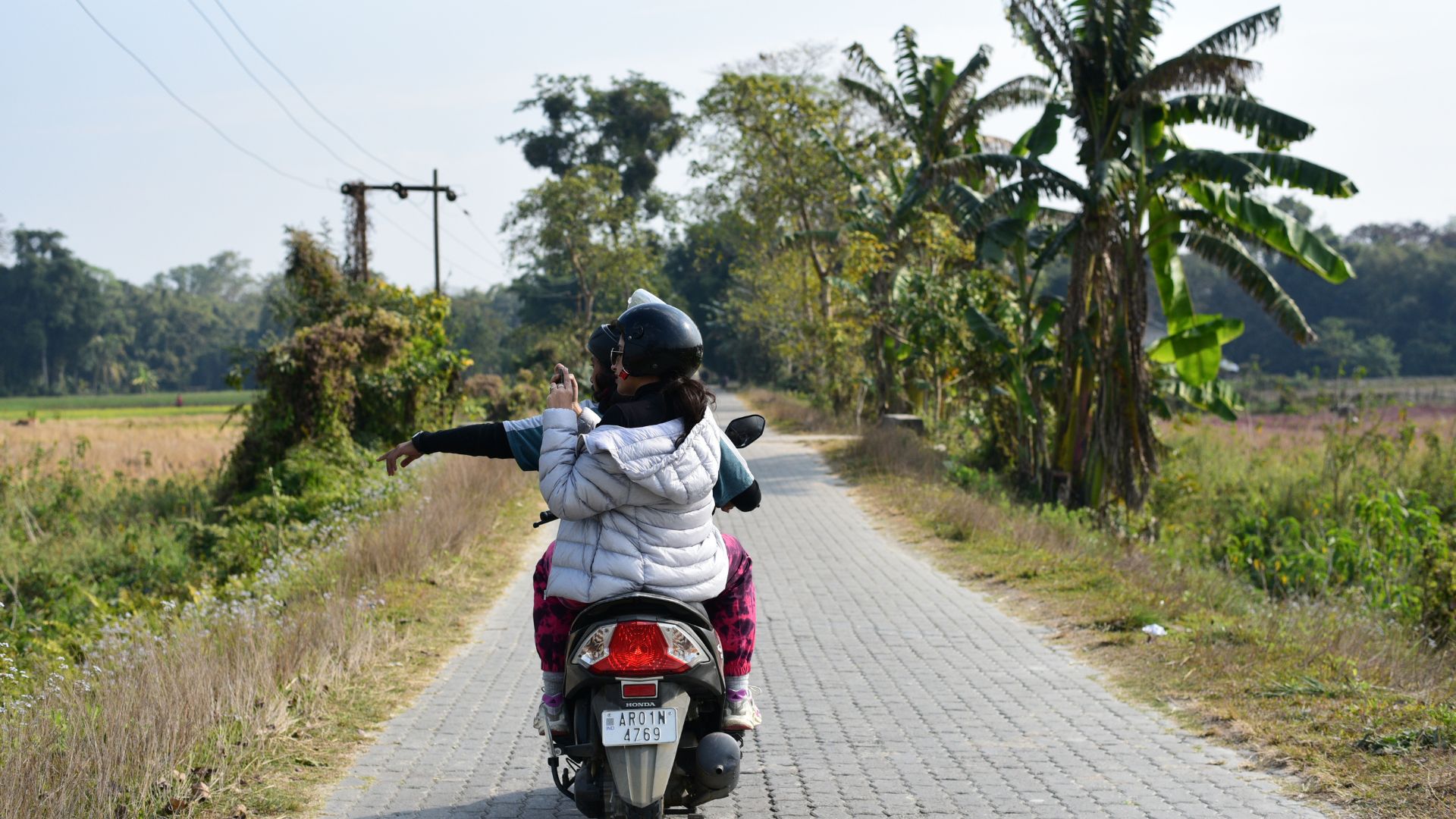

1. Storytelling is a powerful tool for preserving and sharing indigenous knowledge and traditions, and can be used in a variety of contexts whether it is in to festivals, or even within homes understanding the histories of vernacular architecture and the various local tools used in the kitchens.
2. Strengthens the local community’s connection to its culture and land. The North-East of India has long faced problems of external migration with newer generations moving to bigger Indian cities for employment and better opportunities. In the recent years, there has been a pleasant change in younger generations returning to their hometowns and starting local businesses and enterprises in the region.

3. Creates a sense of community ownership
4. Control over their community’s narratives and histories: the region has had a long and contentious history that has involved militarisation, land rights issues, internal displacement, migration and fights for state autonomy and independence. It is important to be active listeners to their understanding of how these histories have shaped their communities and their relationship with the land and other people in the region.
CHALLENGES TO COMMUNITY-LED TOURISM

OUR PRACTICES AND VISION

HOW CAN TRAVELLERS SUPPORT COMMUNITY-LED TOURISM?
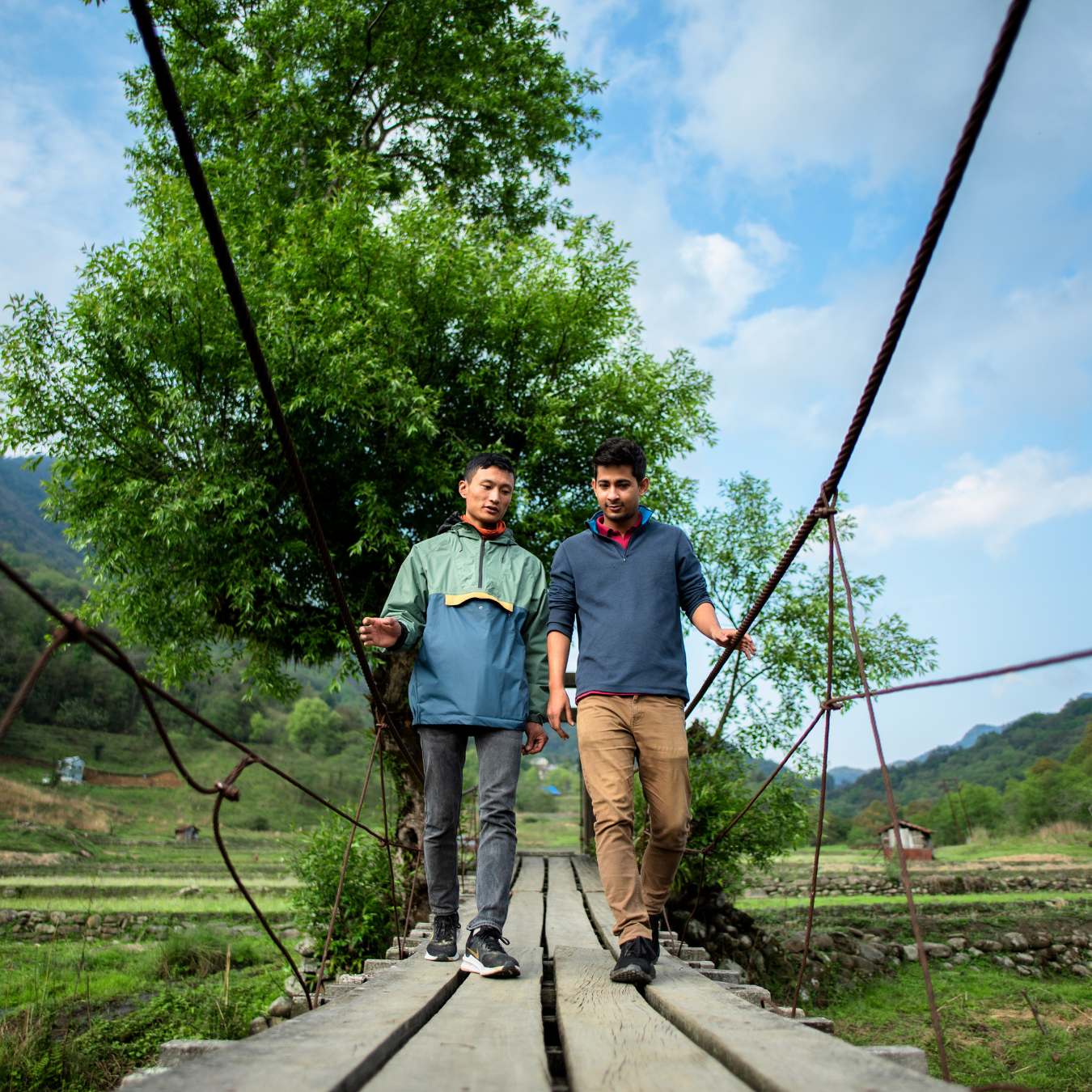
1. Choose to stay in locally-owned and operated accommodations, such as homestays or guesthouses. This allows money to stay within the community, rather than going to large corporations or outside investors. Additionally, travelers can also choose to take tours and activities that are organized and led by members of the local community. This ensures that tourists are getting an authentic and culturally sensitive experience, and that the benefits of tourism are being distributed fairly among local residents.
2. Choose to travel with local, responsible tour operators and companies who are transparent in their functionings.
3. Be mindful of the cultural and environmental impacts of tourism. This includes being respectful of local customs and traditions, and avoiding activities that could be harmful to the environment or local wildlife. Travelers should also be aware of the importance of obtaining permission from local communities before visiting sacred sites or other culturally significant locations.
4. Choose to travel during the off-season, as this can help to reduce the negative impacts of peak-season tourism on local communities

5. Travelers can also choose to support local artisans, craftsmen and women, and other small businesses, by purchasing locally-made products and souvenirs.
6. Educating themselves about the history and culture of the local communities they are visiting. This can include reading up on the history and culture of the region, learning a few phrases in the local language, and being open to learning from the local people. This helps to promote a deeper understanding and appreciation of the local culture and can foster greater mutual respect and understanding between tourists and local communities.
7. Be socially conscious. This involves being aware of the dress codes, understanding the right etiquette when eating different age groups of a community and knowing beforehand the right practises to photography. It is important not to reaffirm existing stereotypes through imagery.
8. Lastly, this is something extremely close to our hearts – travelers can support community-led tourism by being mindful of the way they share their experiences with others. This includes being respectful of local people and communities when posting pictures and videos on social media, and being mindful of the impact that tourism can have on local communities. We try and disclose very little about locations online to protect the privacy and sanctity of the destinations we promote.
One of ChaloHoppo’s return guests happens to be my mother, who likes to proudly show our region off to our visiting family and relatives. Recently, she enthusiastically shared how her Meghalaya local guide Rangjem is still in touch with her on WhatsApp, many months after her trip has come to an end. These are no ordinary ‘are you well?’ messages. Every morning, overcoming language and texting barriers, he simply shares photos of new places in Meghalaya that he has discovered, stumbled upon or crosses on a daily basis – with a smiling emoji. No location names are shared – just beautiful, pristine ponds and lakes tucked in dense forested canopies that just sees the first light of day – his everyday backyard shared from his perspective.
The ways to bridge and connect with people from diverse backgrounds and regions are many – we need to recognize that tourism just lends a helping hand, not a full blown policy manual written in stone.
OUR SET DEPARTURES

Team ChaloHoppo
Anali Baruah writes on culture and tourism in north eastern regions of India. She is currently doing her PhD in Cultural Studies and works with Content & Research at ChaloHoppo.
OUR SHORT ESCAPES
You may also like to read:
